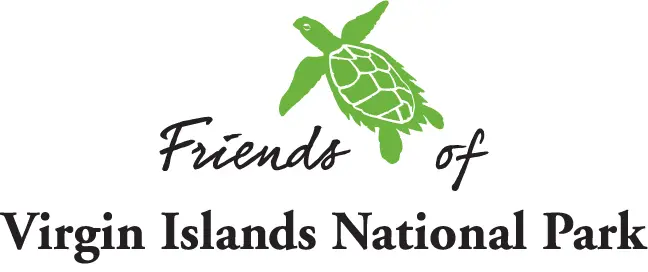Bird Population Assessment
St. John is home to many species of birds, and has been the location of ongoing bird population studies since 1987. Dr. Robert Askins and Dr. David Ewert first came to study bird populations in the park in 1987, before Hurricane Hugo, and returned in 1990 to study populations after Hurricane Hugo. They continued to monitor bird populations until 1997, and were asked to come back and complete a bird study, funded by the Friends of Virgin Islands National Park, following the two category five hurricanes, Irma and Maria, which hit the Virgin Islands in 2017. They did their fieldwork in January 2019.
Vegetation is Important:
Vegetation was a very important part of this study because trees and shrubs function as a habitat for birds. The impact on vegetation following the storms helps the researchers more accurately understand responses of bird populations to hurricanes. For this reason, the researchers completed vegetation surveys on each bird survey plot in 1987 and repeated the surveys after hurricanes in 1990 and 2019.
Population Findings:
Thirteen species of birds were picked for the study based on the sufficiency of the sample sizes from standard bird counts in the Virgin Islands: https://www.nps.gov/viis/learn/nature/forestbirdsvi.htm
- American Redstart
- Antillean Crested Hummingbird
- Bananaquit
- Black-and-white Warbler
- Caribbean Elaenia
- Gray Kingbird
- Green-throated Carib
- Lesser Antillean Bullfinch
- Northern Parula
- Pearly-eyed Thrasher
- Scaly-naped Pigeon
- Yellow Warbler
- Zenaida Dove
Nectar-eating birds such as the Antillean Crested Hummingbird, Bananaquit, and Green-throated Carib declined following Hurricane Hugo in 1989 because the storms destroyed the flowers they depend upon for food. The two hummingbird species also declined after the 2017 storms. However, Bananaquit did not show lower numbers in 2019. They probably benefited from the effort by local residents to maintain sugar bowls to feed them after the storm. Also, the are capable of producing multiple broods of young in a year, so their population may have already recovered by 2019.
Of the Gray Kingbird, Pearly-eyed Thrasher, American Redstart, Northern Parula, Yellow Warbler, Black-and-white Warbler and Caribbean Elaenia, all insectivorous or omnivorous species, only the Black-and-white Warbler and Caribbean Elaenia had a clear population decline following Hurricanes Irma and Maria. The other birds probably maintained their populations because their main food source, insects, recovered quickly after the storms. Caribbean Elaenias eat fruit as well as insects, so the lack of fruit production following the hurricanes may have contributed to their decline.
The researchers also noted that the abundance of migrant birds that nest in North America but spend winters in the Virgin Islands had not changed consistently between 1987 to 2019. Only Black-and-white Warblers decreased after 1987, while American Redstarts increased and Northern Parulas showed no consistent long-term trend.
Another fruit-eating bird, the Scaly-naped Pigeon, showed lower population numbers in 1987 following Hurricane Hugo and 2019 following Irma and Maria. Although this may reflect a population decline caused by the lack of food, the birds also have the ability to move to other habitats (away from established bird survey plots) or between islands to look for better feeding sites. The consistent decrease in their population after major storms could simply be because they moved to different islands.
When the project first started, the National Park Service was specifically interested in the status of species with small populations such as Bridled Quail Dove and Puerto Rican flycatcher. The sample sizes from standardized bird counts were not large enough to accurately assess population trends, but the researchers detected these species during their 2019 surveys. Both of these species were still present on the island after the hurricanes.
Overall Findings:
Overall, Dr. Askins and Dr. Ewert found that most bird species had relatively stable or fluctuating populations between 1987 when the studies first started and 2019, and populations recovered from declines in the years after Hurricane Hugo.
“Our results indicate that most bird populations on St. John were resilient following a major hurricane in 1989 and later survived two of the strongest hurricanes ever recorded in the Virgin Islands.”
Bird Conservation:
Dr. Askins and Dr. Ewert have given some suggestions to aid in bird conservation:
- Maintain the large areas of moist forest and dry woodland habitats within the National Park.
- Put out sugar bowls and hummingbird feeders following natural disasters.
- Implement focused studies for rare breeding bird species like the Bridled Quail-Dove.
- Monitor bird populations in other habitats such as the mangroves or residential areas.
Published Report:
For additional information, contact Robert Askins (raask@conncoll.edu).
Friends Virtual Seminar
Learn about the resident and migratory birds of St. John as well as about Audubon's 121st Bird Count with former Park Ranger Laurel Brannick. Recorded in January 2021.
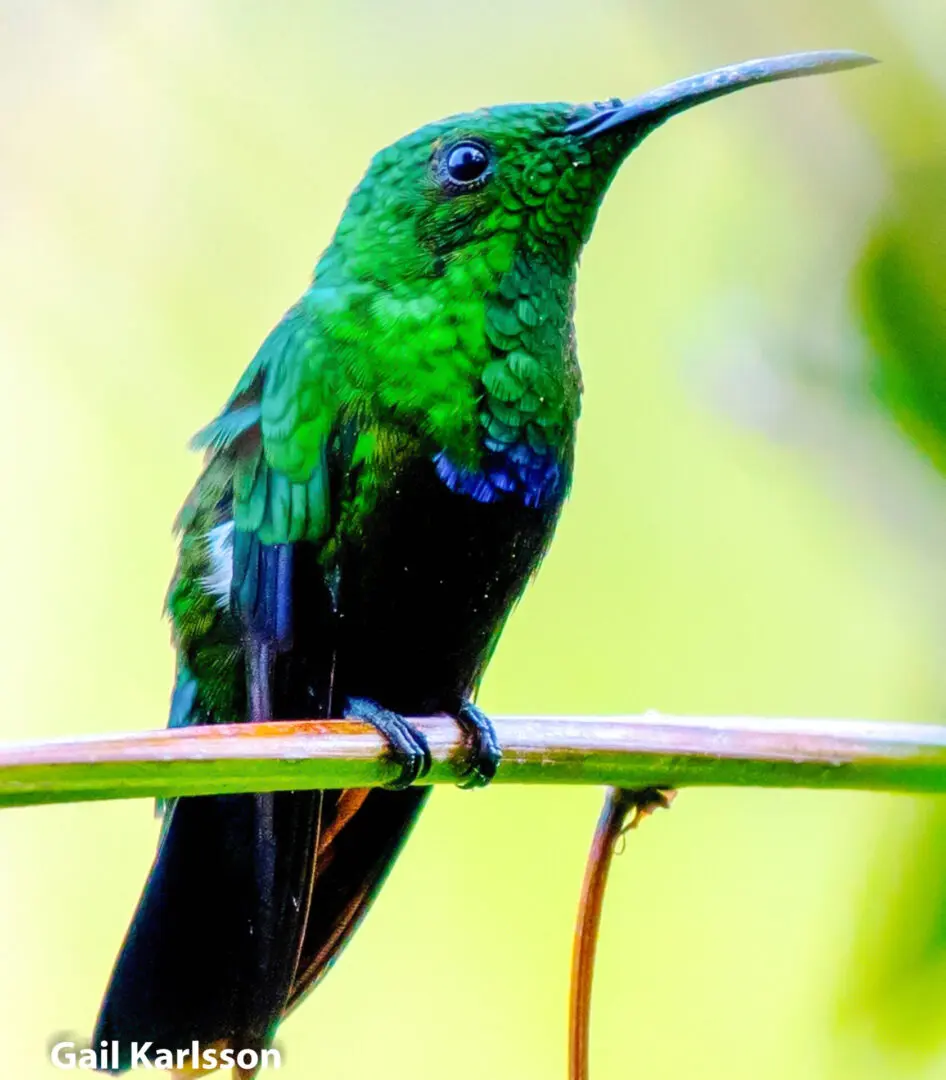
Learn More
- Post Hugo 1982 paper by Askins and Ewert: Population studies of migratory birds in Virgin Islands National Park
- Audubon article: How Caribbean Birds Are Faring After Hurricanes Devastated Their Homes.
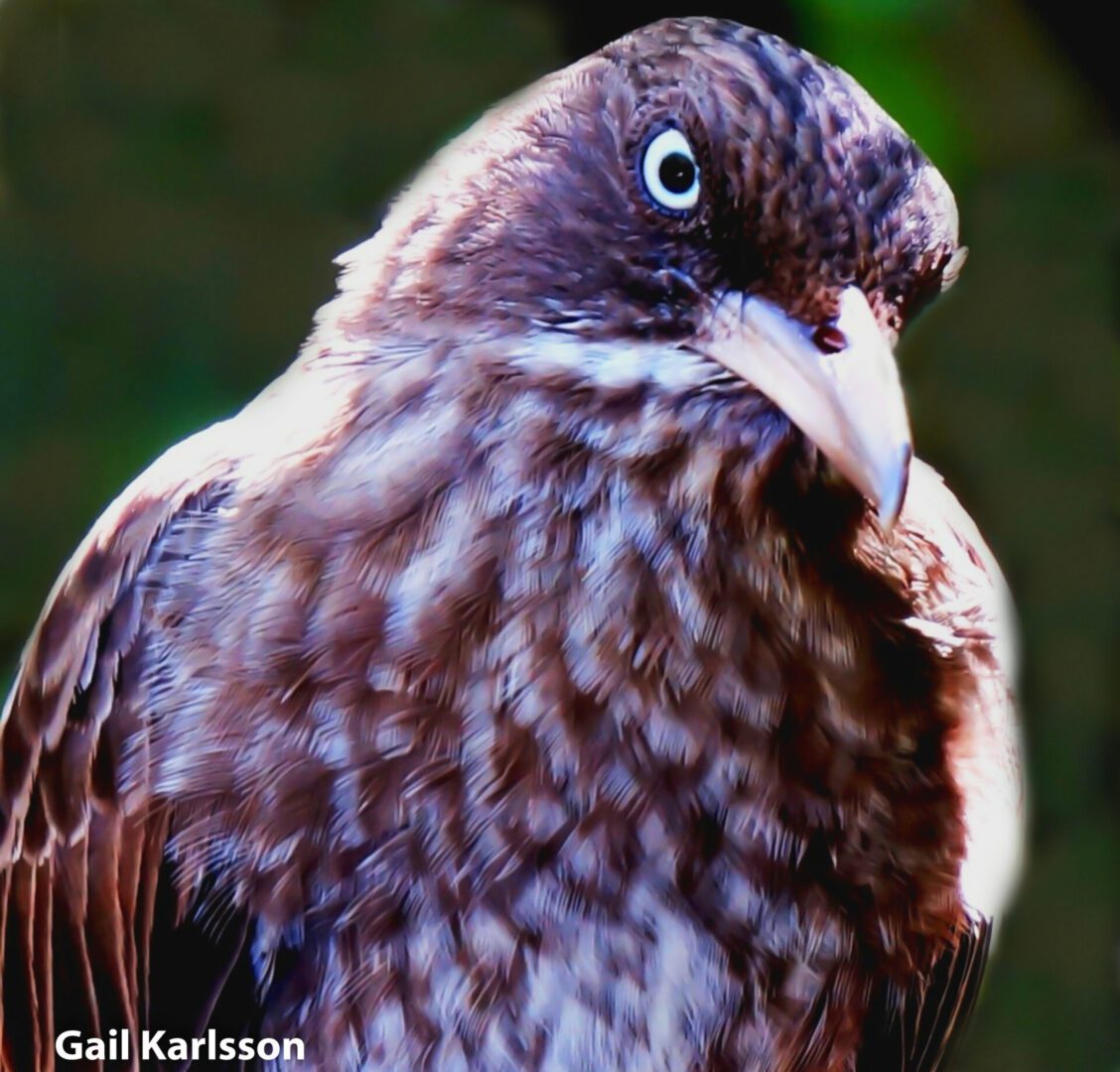
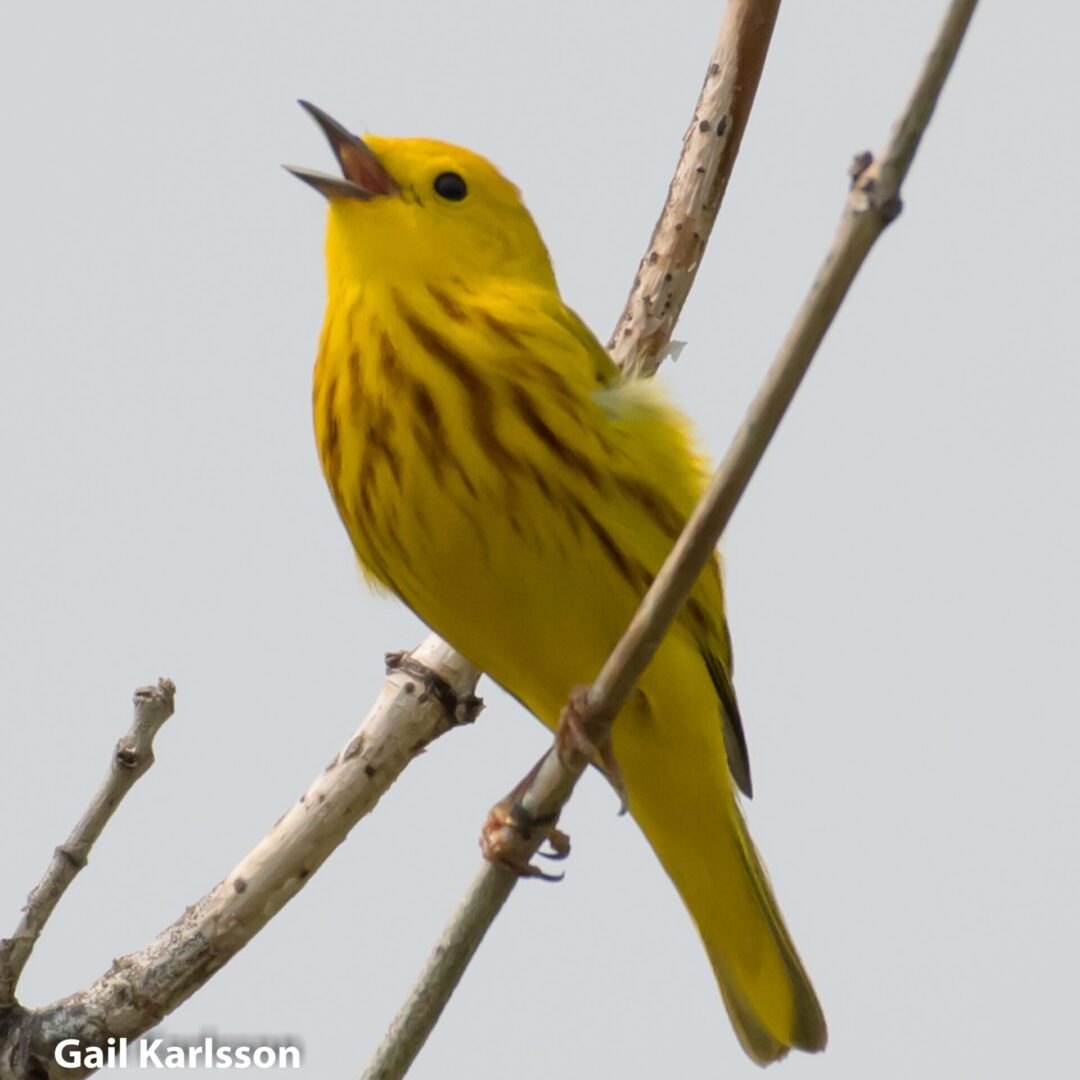
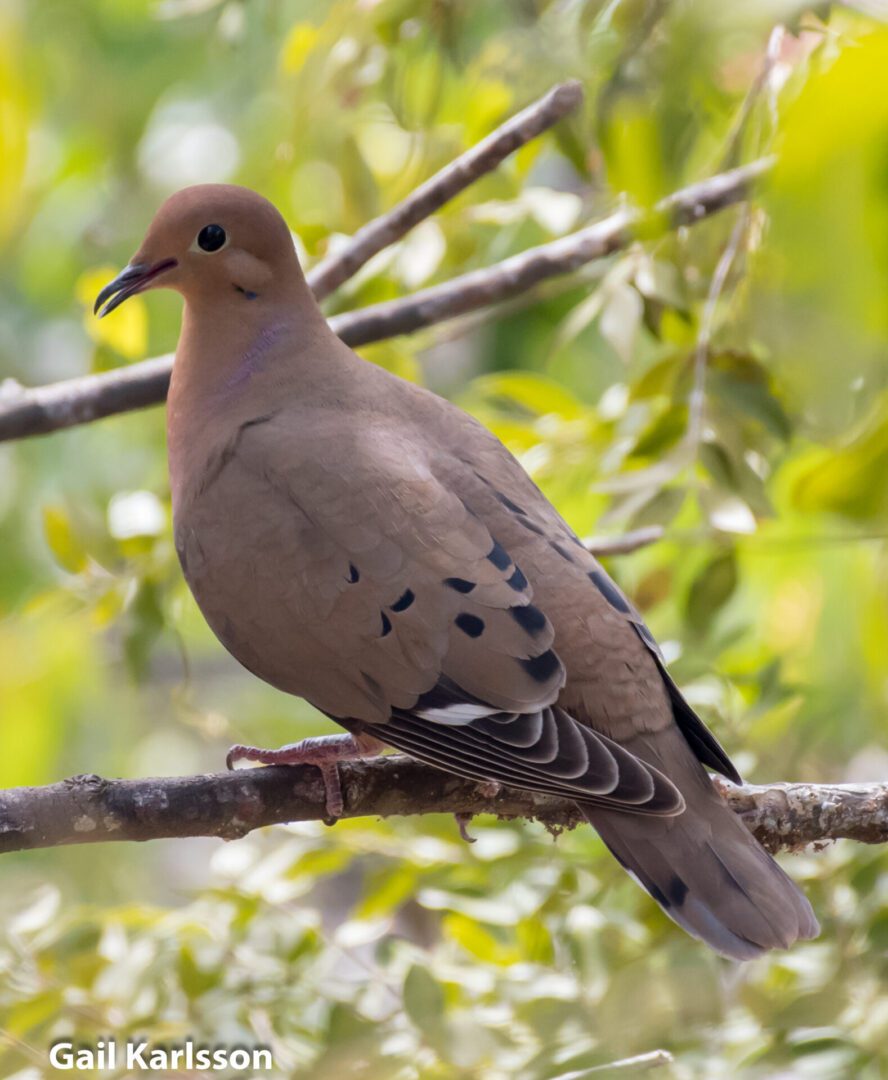
Photography credit and thanks to Gail Karlsson.
